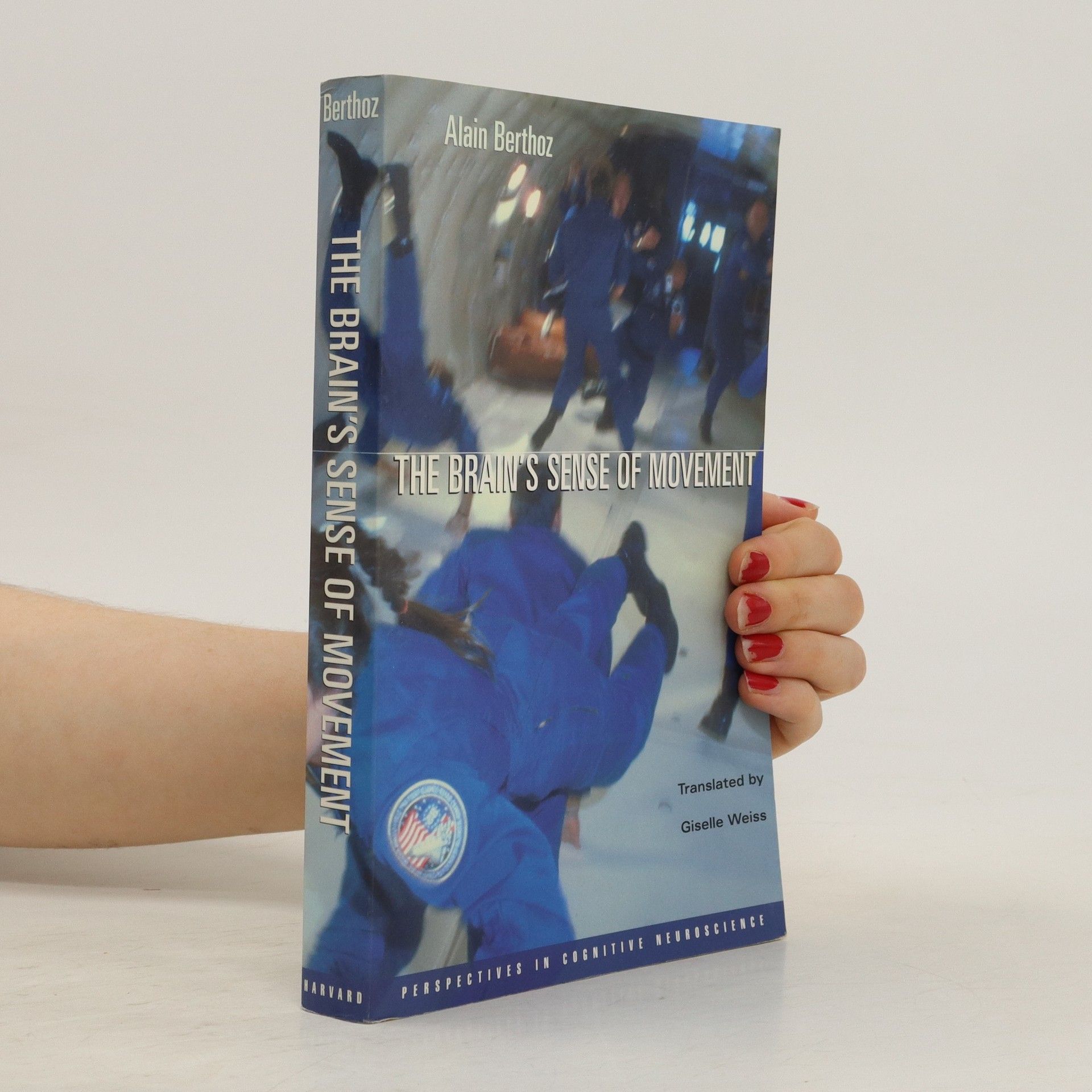Neurobiology of "Umwelt"
How Living Beings Perceive the World
At the beginning of the 20th century, German biologist Jakob von Uexküll created the concept of "Umwelt" to denote the environment as experienced by a subject. This concept of environment differs from the idea of passive surroundings and is defined not just by physical surroundings, but is rather a "subjective universe", a space weighted with meaning. Today, neuroscience provides a new way to look at the brain’s capability to create a representation of the world. At the same time behavioural specialists are demonstrating that animals have a richer mental universe than previously known. Philosophical reflection thus finds itself with more experimental and objective data as well. Nearly a century after the publication of von Uexküll’s founding work ("Umwelt und Innenwelt der Tiere" was published in 1909), neurobiologists, psychologists, sociologists, anthropologists, ethologists, and philosophers revisit his mail concept at the light of modern science

